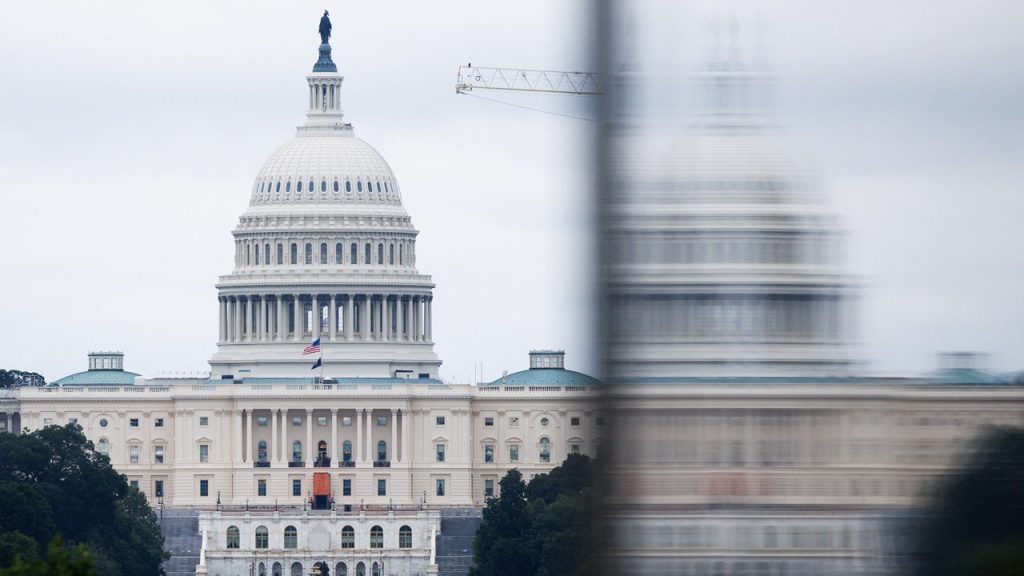Congress is back in session after its summer recess, with the House and Senate set to return on September 9. Despite the anticipation of the fall term, many lawmakers and reporters have been slowly filtering back into the Capitol over the past week. While the analogy of Congress returning to session likened to students entering a new school year is imperfect, the atmosphere on Capitol Hill is beginning to resemble normalcy once again. The real start of a new “school year” in Congress will occur in January when the 119th Congress is sworn in, bringing new faces, new leadership, and an air of optimism to the Capitol.
Lawmakers, much like students, are eager for breaks and recesses throughout the year, with the desire to escape the confines of their duties a common sentiment among both groups. However, the focus in Congress this year will be on the upcoming elections, with both the House and Senate divided and hanging by a razor’s edge. The legislative traffic in Congress has been light, with the focus shifting to other political events such as an assassination attempt on former President Trump and backroom struggles among Democrats. The last significant bills that Congress approved were passed in April, with most of the year spent overcoming challenges and consuming focused attention.
The House is set to meet for short periods throughout the fall before adjourning again in November, with discussion of potentially ending the session early if necessary work is completed. The final week in September could potentially be given back if Congress has funded the government and avoided a shutdown on October 1. Similar to students needing to complete work before recess, Congress must finish its tasks before adjourning for the year. However, like students, lawmakers have motivations to finish quickly, with summer break and campaigning looming on the horizon as strong incentives.
House Republicans are facing fundraising struggles, while Democrats are on the offensive following a change in leadership with Vice President Harris. Both parties understand that the House majority will hinge on a few key seats, and the party in control will likely be dictated by the presidential election outcome in 2025. In the Senate, Democrats face a tougher challenge in maintaining their narrow majority, particularly with key swing states and the retirement of Senator Joe Manchin. The upcoming election will ultimately serve as a significant test for lawmakers, with the voters delivering their education on election day.


